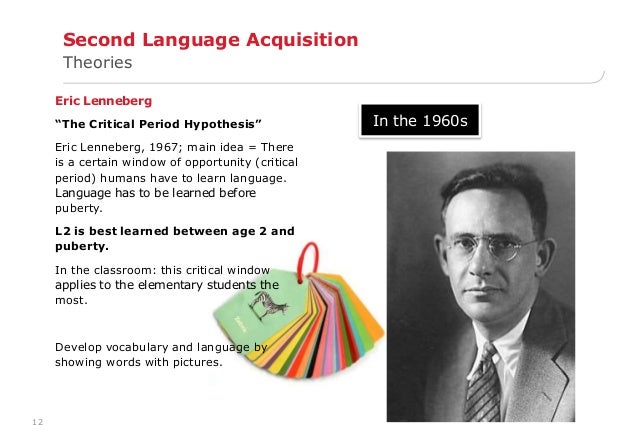- I collected my data from the twitter accounts of popular British bloggers, both male and female and 3 bloggers of each gender.
- I did not look for a certain type of data, I simply took a screenshot of three pages of the latest tweets on each account.
- I made sure that I took the same amount of tweets from each account, in order to make my research fair.
Presenting and Selecting Data:
- I quantified my data and presented it in a table, showing how many information tweets have been sent from each account vs how many of feelings.
- The results are shown in numbers, which makes them easier to be compared and contrasted.
- The separation of feelings and information was based on the idea that informative messages conveyed a specific purpose, presented with information and particular details. However feelings were separated using the messages that either communicated with other users, or had that of a helpful or sympathetic nature.
Validity and Comparability:
- To improve validity of my investigation, I did not look for a particular example or desired result.
- To pick the six bloggers, I navigated to YouTube where I picked the top three men and women that had the most popular videos in the UK at the time.
- Although the data was randomly selected, I myself cannot be accounted for the information itself, as this was the work of the bloggers themselves.
Ethical Considerations:
- As mentioned above, the data selected is own respectably by each blogger, whose names shall be listed in the bibliography.
- There was no trouble with collecting this information as ever tweet had been posted publicly online.
